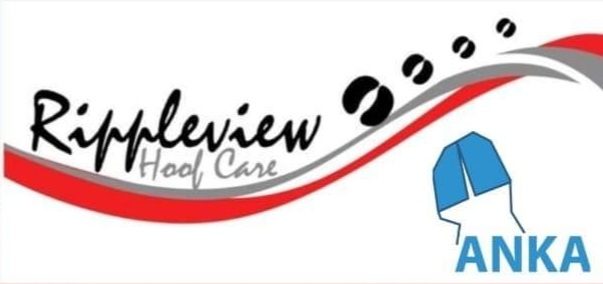Training employees in the basics of dairy cattle handling can do more than save hours of labor; it can even save a life.
During the 2017 Vita Plus Dairy Summit, animal-handling consultant Jim Lewis shared 2015 OSHA data stating 43 reported deaths occurred that year relating to dairy cattle. These may have been instances where workers were crushed in return lanes, pinned or trampled, and there’s a good chance many of them could have been avoided if the people knew how to safely work with cattle according to their natural instincts.
“One of these deaths is too many to have on your dairy,” Lewis said. “It’s worth the investment in animal handling.”
Lewis, a Minnesotan who operates StepRight Stockmanship Solutions, outlined the key components of a livestock system and how providing training to employees can make handling dairy cattle a safer, less stressful experience for both the humans and animals involved. The two most important factors, he said, are the skills of people working with cattle and the design of the facilities.
Proper livestock handling is teachable, and it begins with understanding cattle physiology and innate behavior. For example, of the five senses, hearing and sight are most important for the dairy cow. Cows hear at higher frequencies than humans or even dogs.
For this reason, some dairies do not allow whistling around cattle, as it can create stress. A cow’s sense of sight is naturally adapted for grazing behavior. Eye location provides a narrow field of vertical vision and poor depth perception, which is why cattle may resist crossing over grates or areas with a short drop-off.
“You want the animal to see you at all times,” Lewis said. Because cows cannot see directly behind themselves, he recommends applying “pressure” from the side. That pressure is simply stepping close enough to the animal’s flight zone to create movement. Though it is natural human instinct to walk in an arch pattern, Lewis emphasized cattle respond better when people walk in straight lines and angles.
Workers can also learn to stop and release pressure based on their movements. For example, walking alongside a heifer encourages her to walk forward, while stopping next to her will halt the heifer when she turns her head to the side.
A small step toward her reapplies movement pressure, but a step away and backward releases that pressure. All of these actions can successfully move that animal without ever laying a hand on it or making noise.
This type of training can be very successful, but Lewis warns not every employee may jump on board. “There will be some people on your dairy who will not subscribe to this,” he said. “It’s better to get those people in a different position on your dairy.”
Taking the time to train both workers and cattle in proper handling can be a major benefit in modern dairy facilities by making cow flow safer, more efficient and less stressful, particularly around the milking parlor.
In parallel parlors, Lewis explained, crowd gates put pressure in the wrong spot, which is directly behind the cows, and no pressure where it needs to be, which is from the side. A simple thing to do can be staging gates to split the holding area.
Milkers’ movement in the parlor pit can make a world of difference as well. As cows enter the parlor, simply walking against them encourages cows to file in; on the contrary, walking alongside them causes the cows to load inefficiently because they slow down or stop moving. On one dairy Lewis worked with, a few days of training employees and practicing with the cows cut off 45 minutes of milking shift time.
Additionally, reducing the cows’ stress level in the parlor encourages milk letdown instead of adrenaline release, leading to higher production. “Invest a little time here, harvest a little more [milk] there,” Lewis said. Parlors also stay cleaner when cows are at ease because increased stress encourages defecation.
Another area where dairies can see a benefit from practicing proper livestock handling is settling groups of heifers into new pens. When a heifer group makes a pen move, it may take several days for the animals to recover from a dip in feed intake, but by using pressuring techniques to encourage the heifers to find the feedbunk right away, losses in average daily gain can be avoided.
“Our goal is to have better dry matter intakes in the group of heifers changing pens,” Lewis said. “If we can get them to eat, it will eliminate health problems and keep gains up.”
Loading areas can also benefit from design tweaks and worker training. Setting up a Bud box can make a night-and-day difference in getting cattle onto a truck.
Such a setup might include gates that form a lane and a box off to the side of the trailer. With a little practice and patience, workers can learn how to apply pressure in such a way that animals walk right to their destination without the use of force or sound.
Providing introductory training for new workers and continual review for all employees can prevent accidents and injuries, thus making it a safer and less stressful environment for humans and animals. ![]()

-
Peggy Coffeen
- Editor
- Progressive Dairyman
- Email Peggy Coffeen





